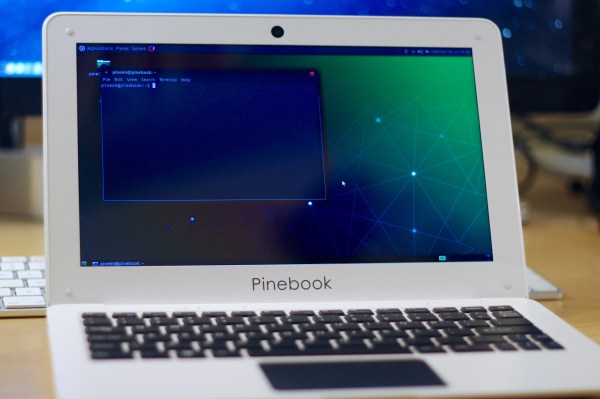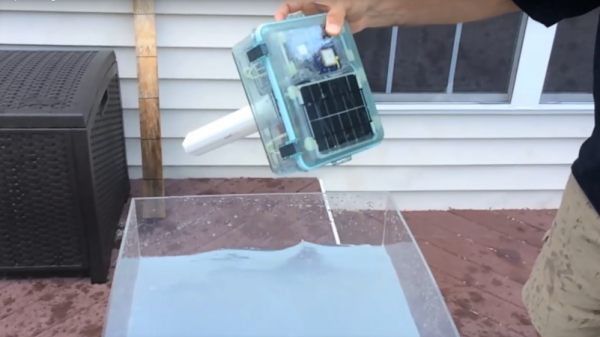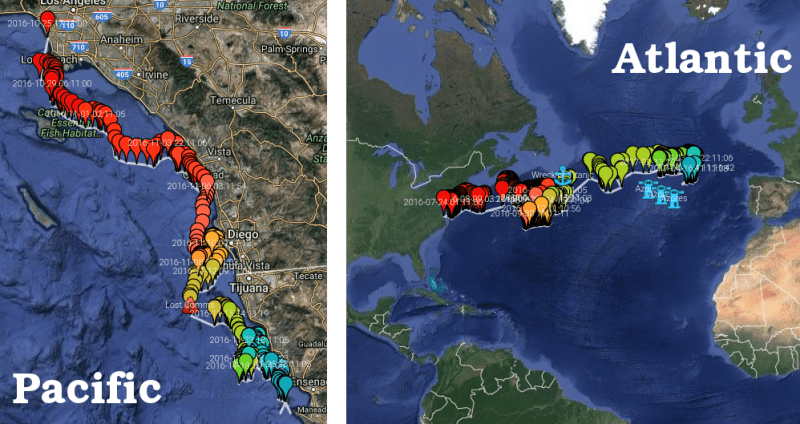Mechanical keyboards are the in thing right now and building your own is at least two extra levels of nerd cred. This project, entered in the Hackaday Prize, is a DIY keyboard unlike you’ve ever seen. It is a fundamental shift in the ideas of how a computer keyboard can work. It’s a double action keyboard. Press a key lightly, and one character will show up on the screen. Press hard, and a different character will show up on the screen. You’ve never seen anything like this before.
[Jaakob] designed this keyboard so that each keycap would have two switches underneath. He did this by taking regular ‘ol Cherry MX switches and modifying them so the ‘plunger’ would stick out of the bottom of the switch when it was fully depressed. These Cherry switches were mounted to a piece of perfboard, and a small tact switch soldered underneath. It’s an idea similar to what’s found in touch-sensitive MIDI controllers or the other type of keyboard. The difference here is that instead of using two switches to sense how hard a key is being pressed, it maps to two different functions.
Once [Jaakob] figured out how to put two switches under one keycap, he wired up a matrix, attached a Teensy, and took a crack at the firmware. The build isn’t quite done yet, but this is one of the most innovative DIY keyboards we’ve seen in recent memory. There’s a lot of potential here, and this method of ganging two switches together still allows for the fantastic clack and great feel of a mechanical switch.























